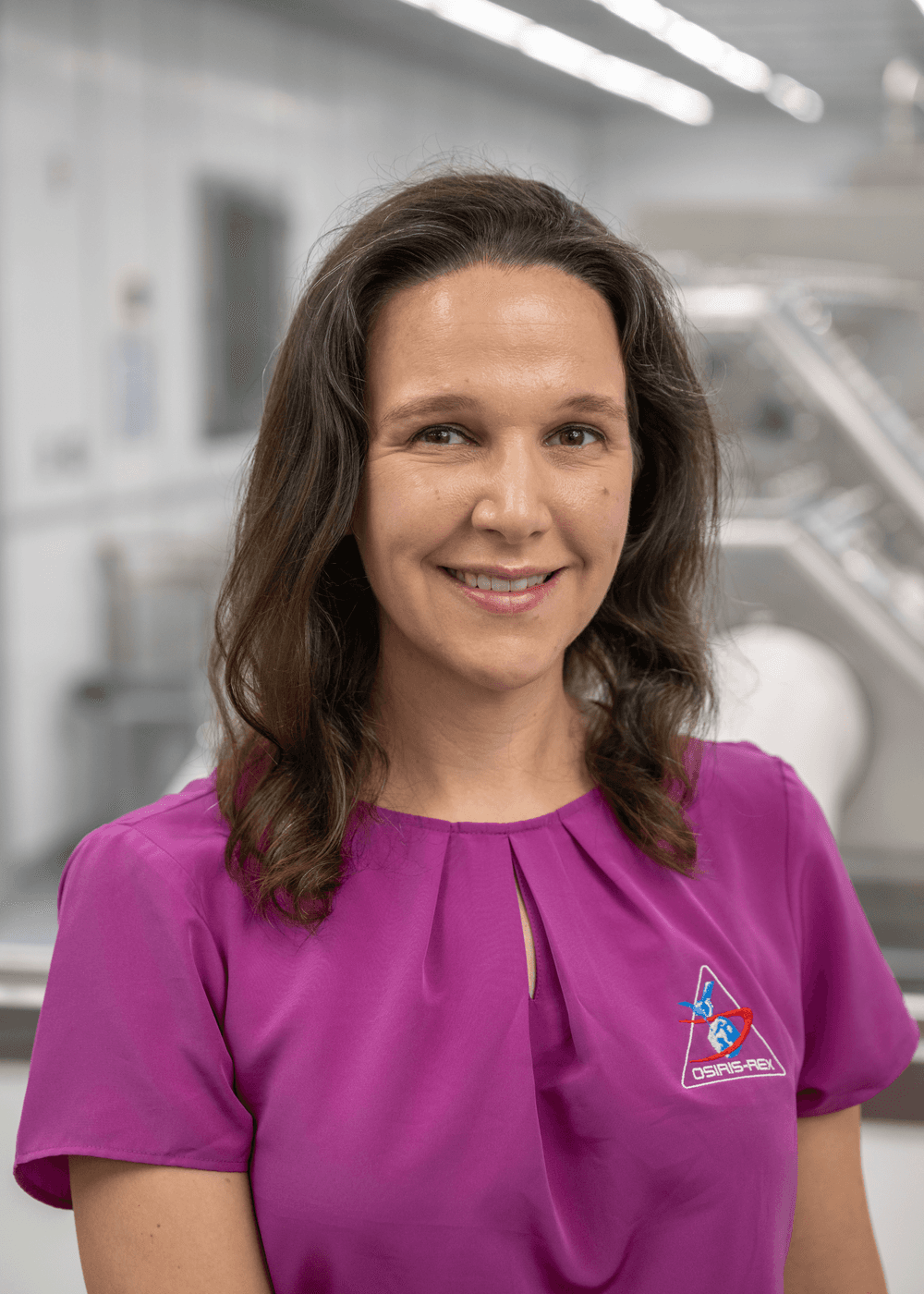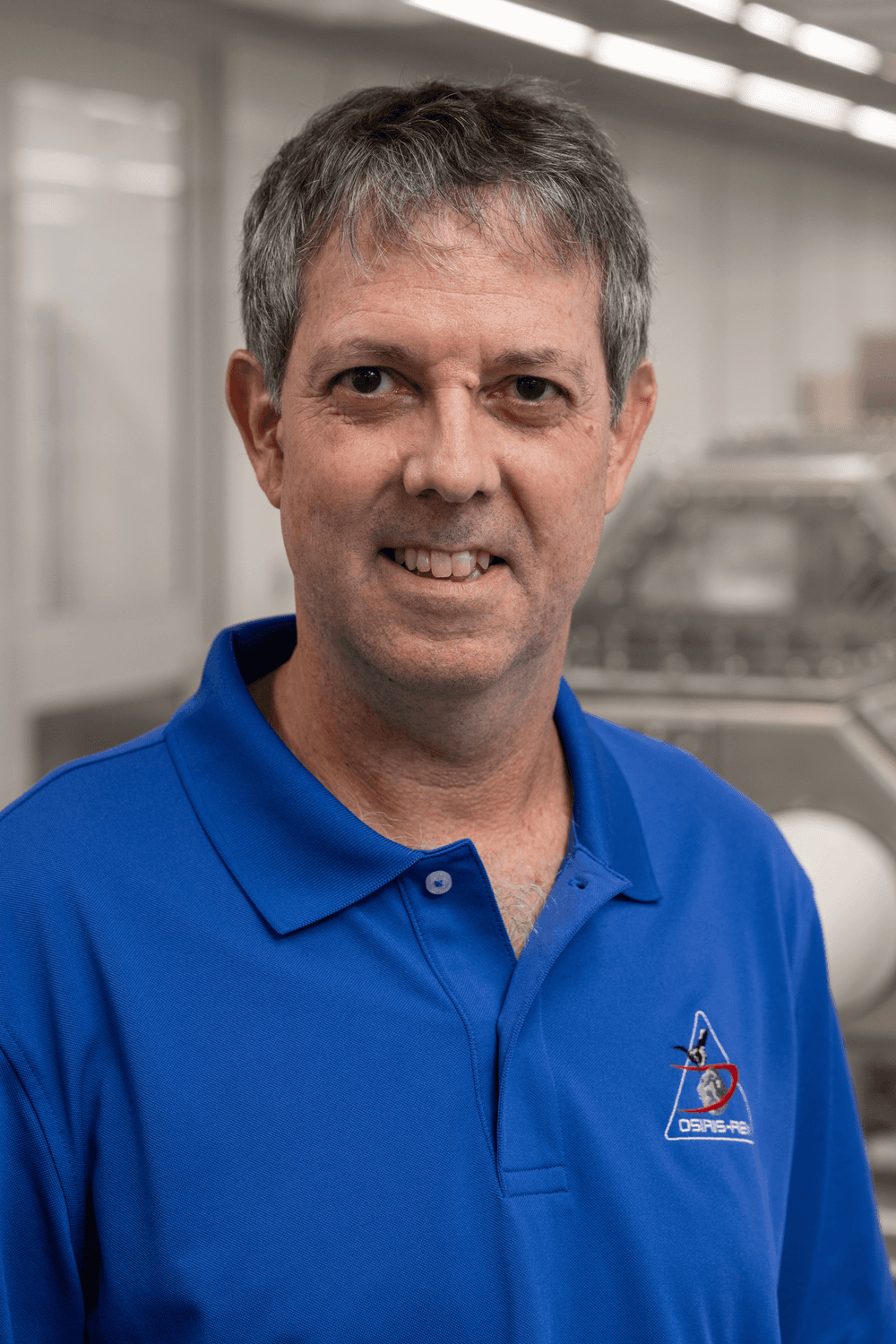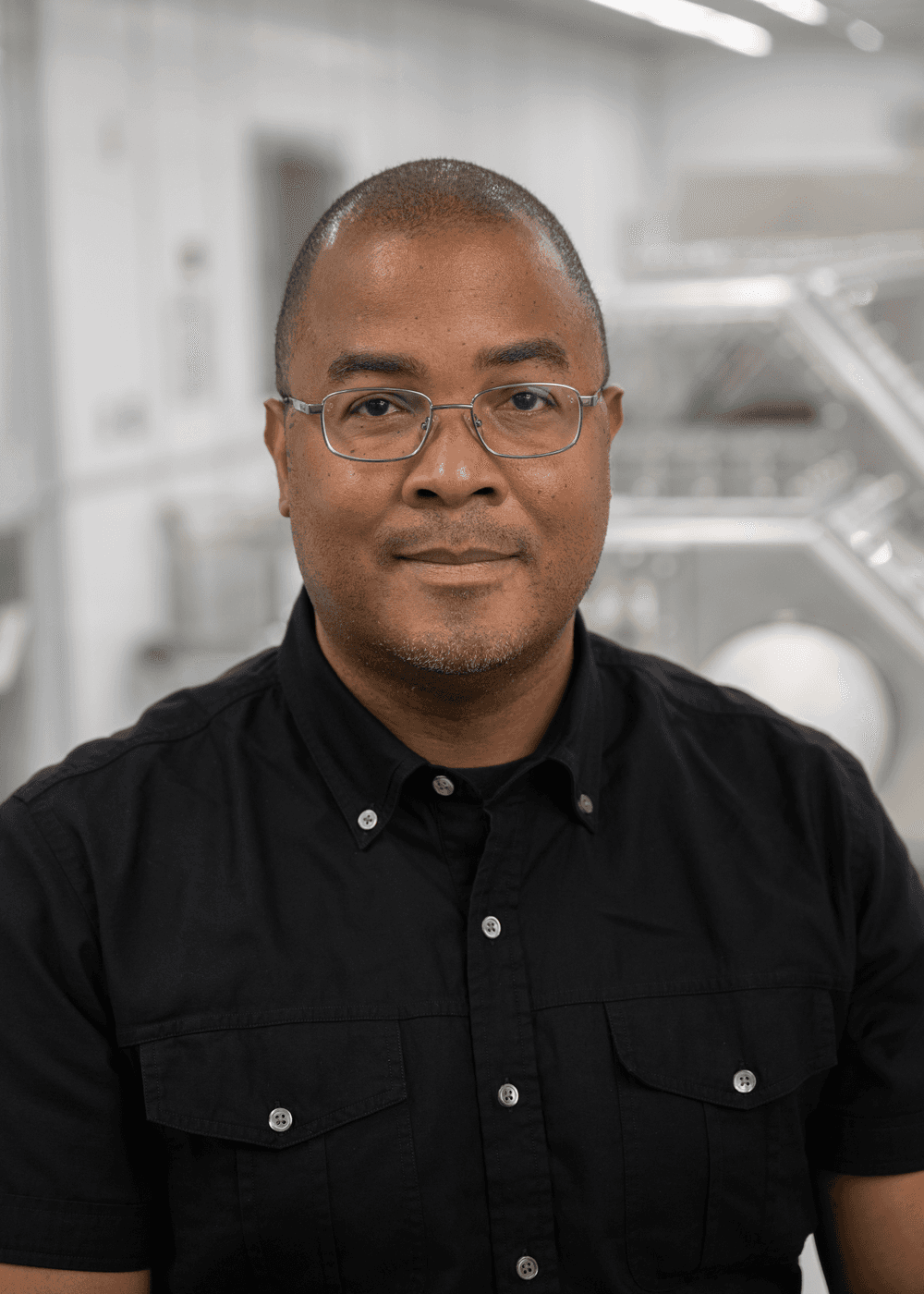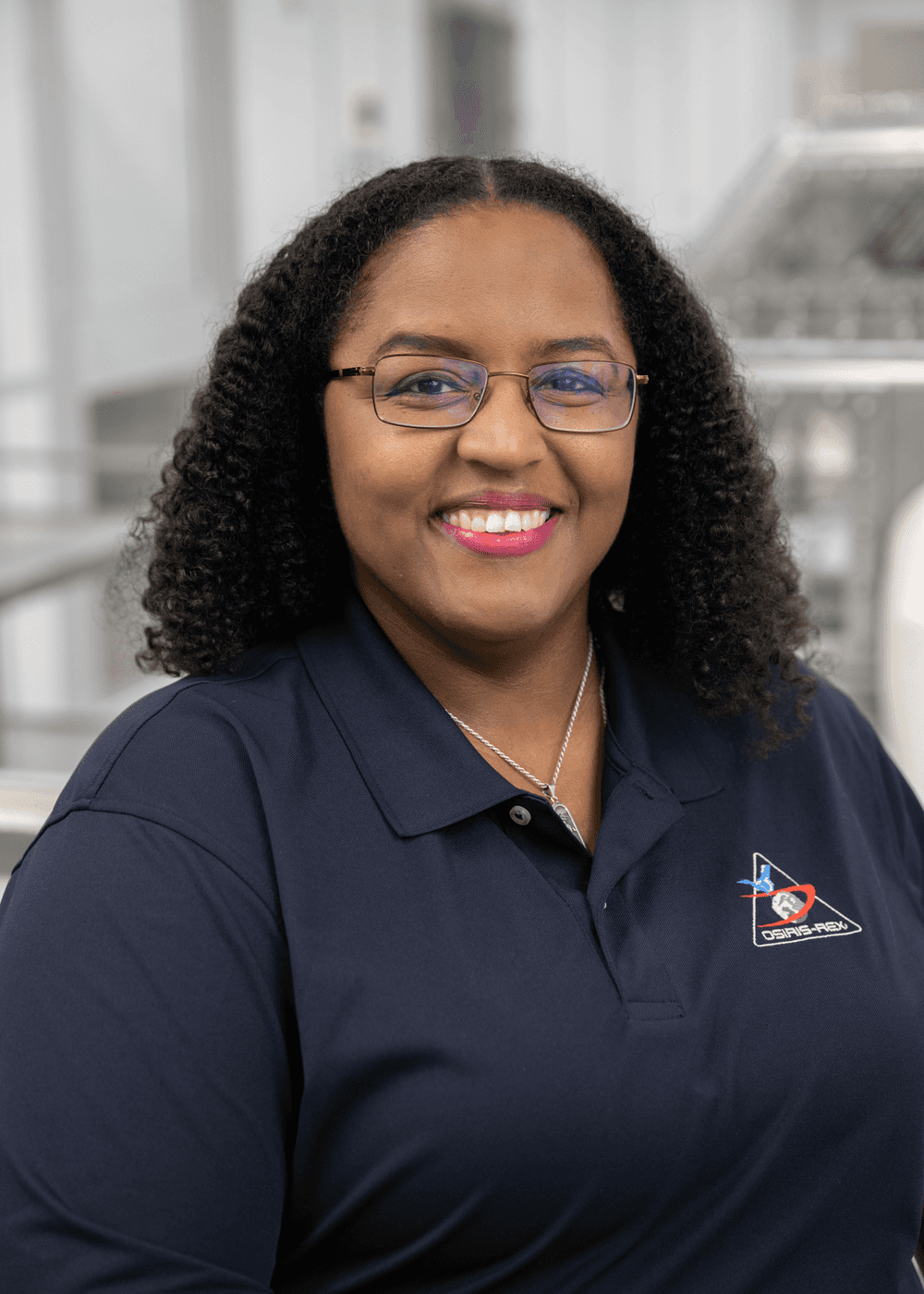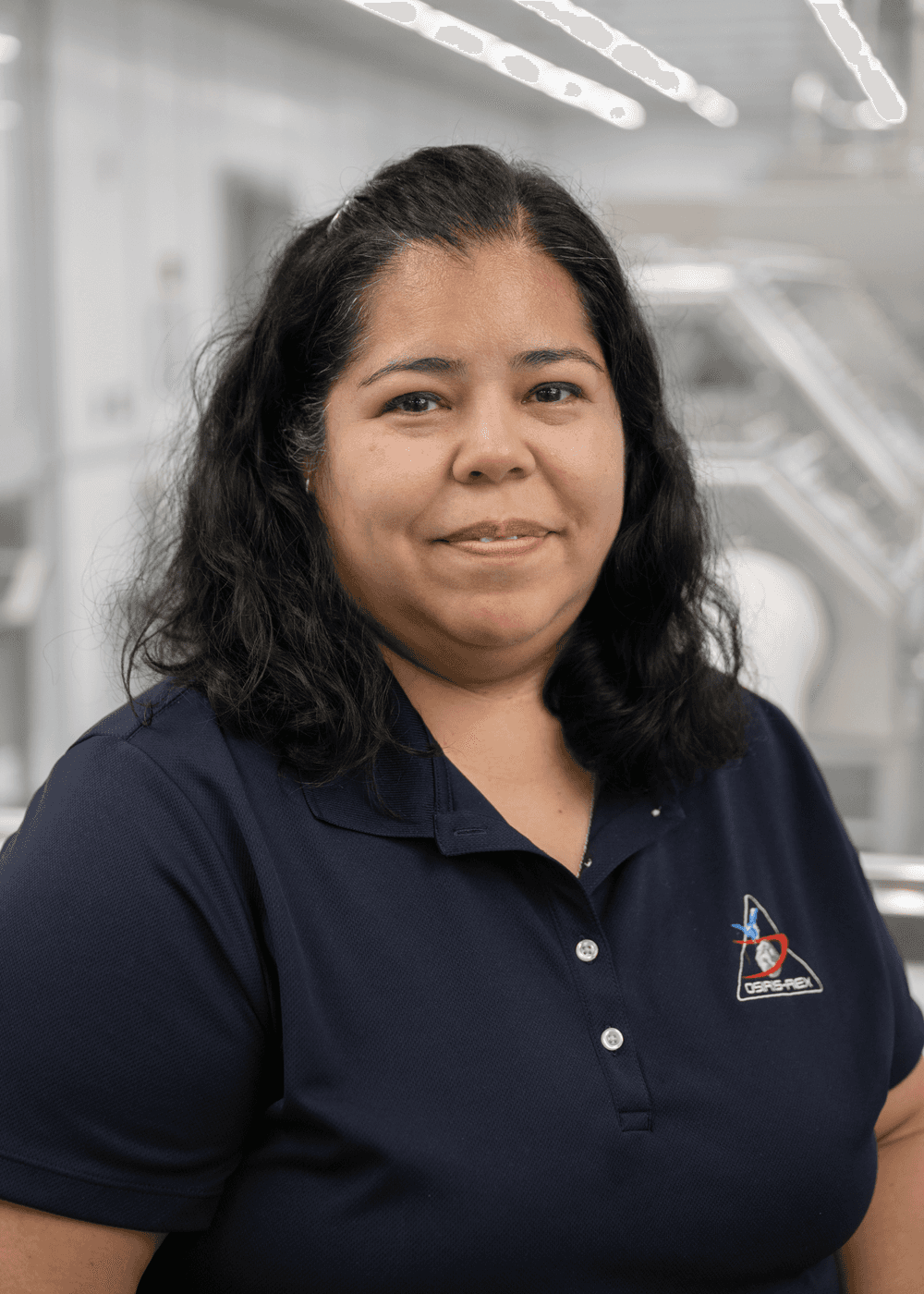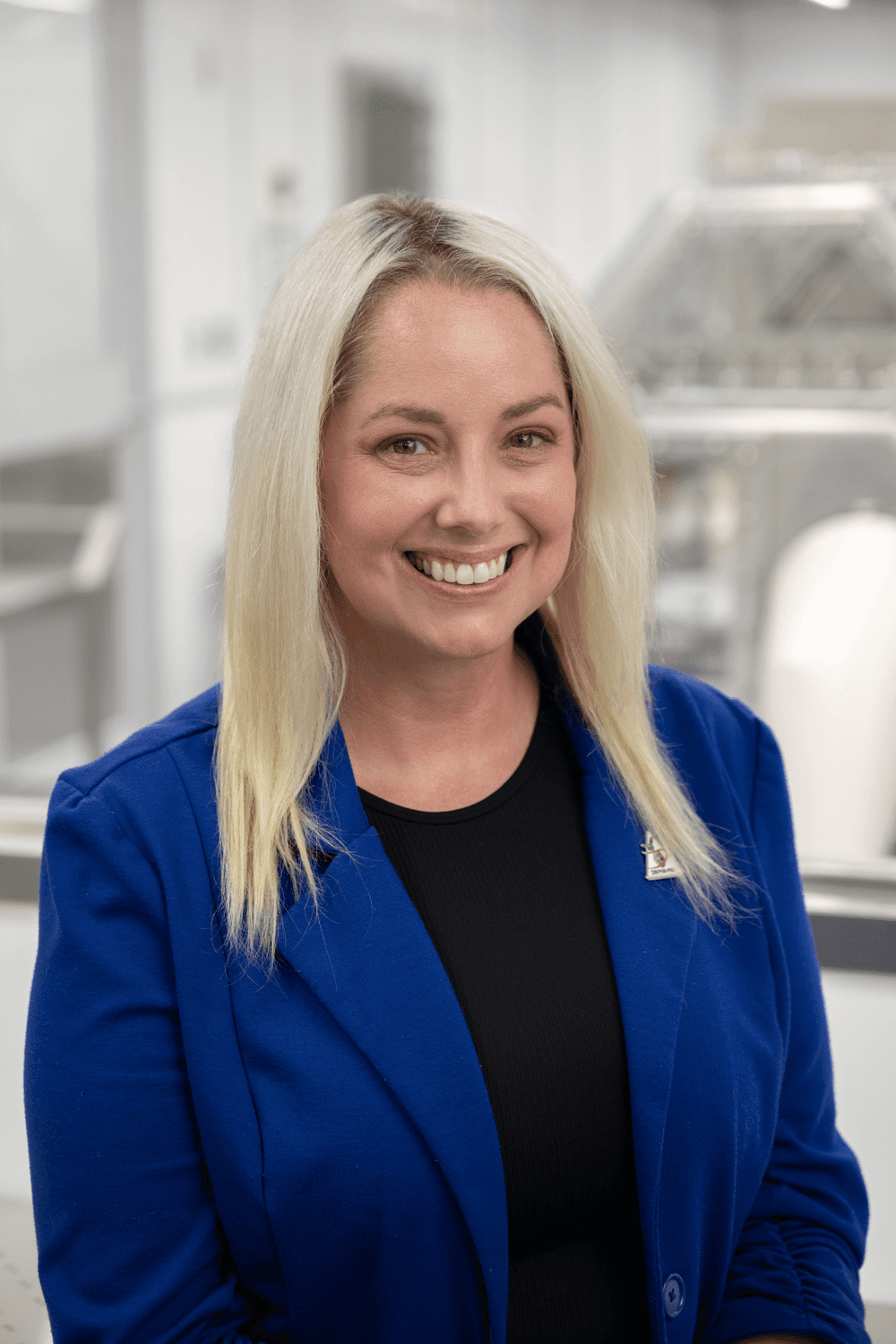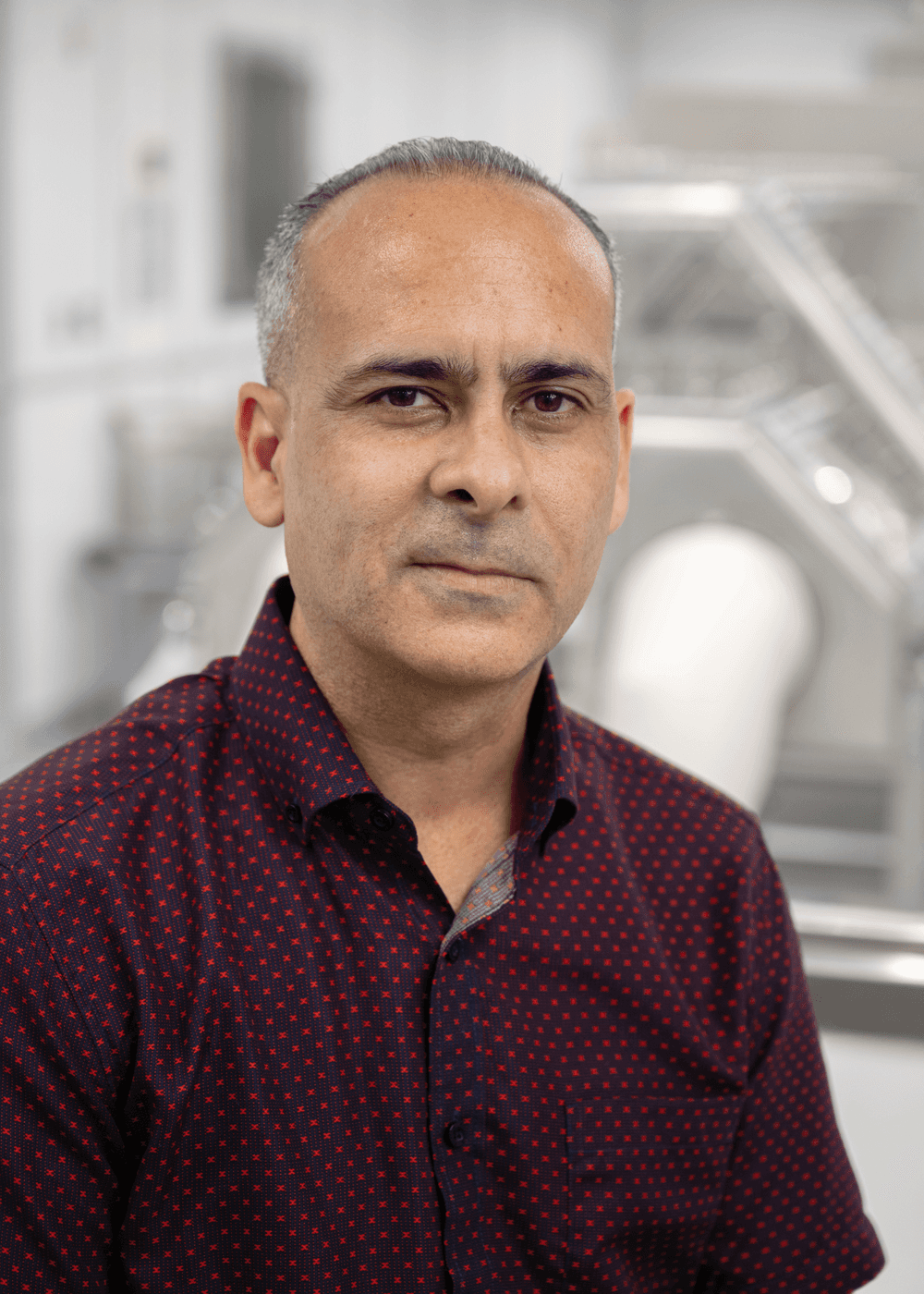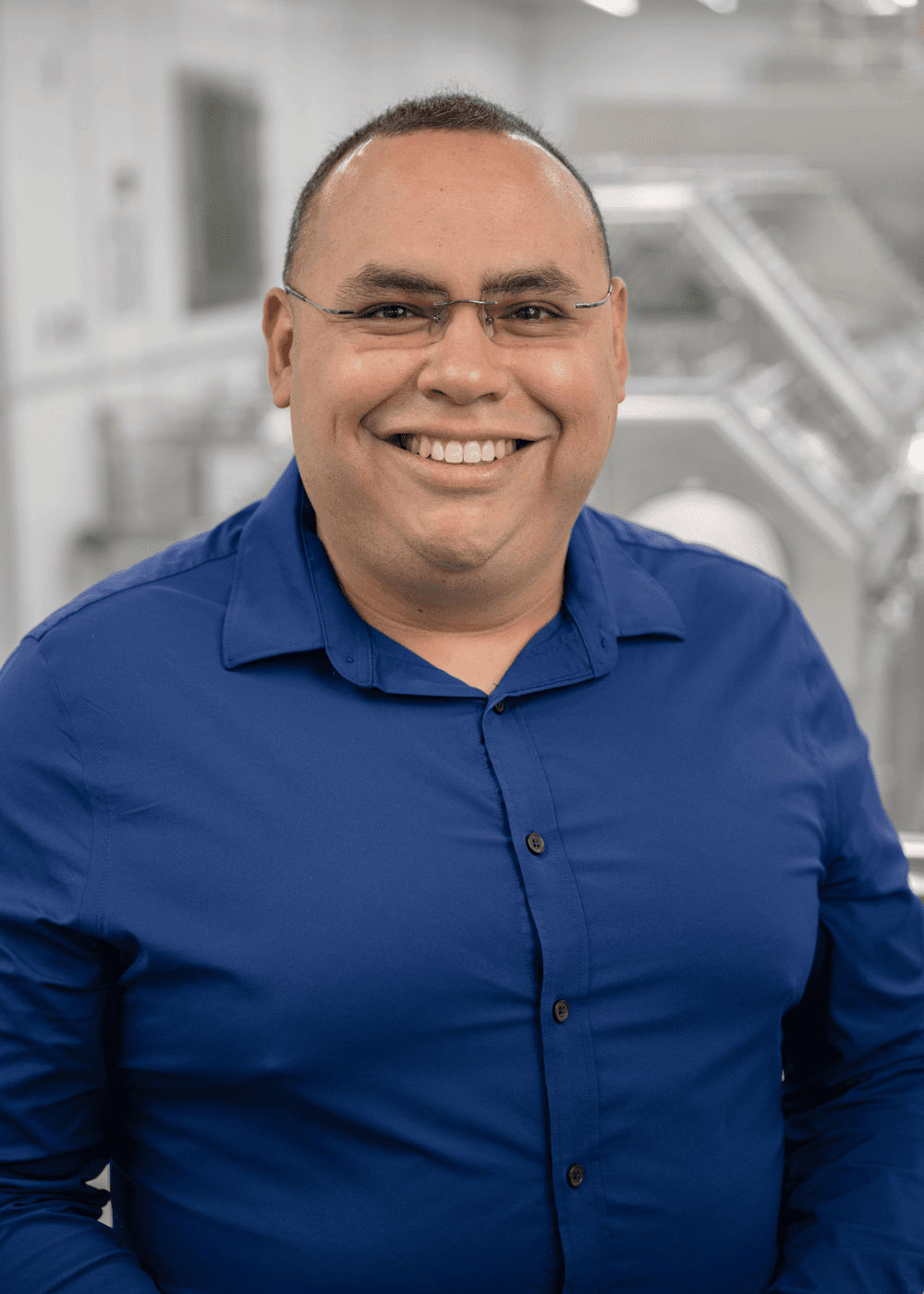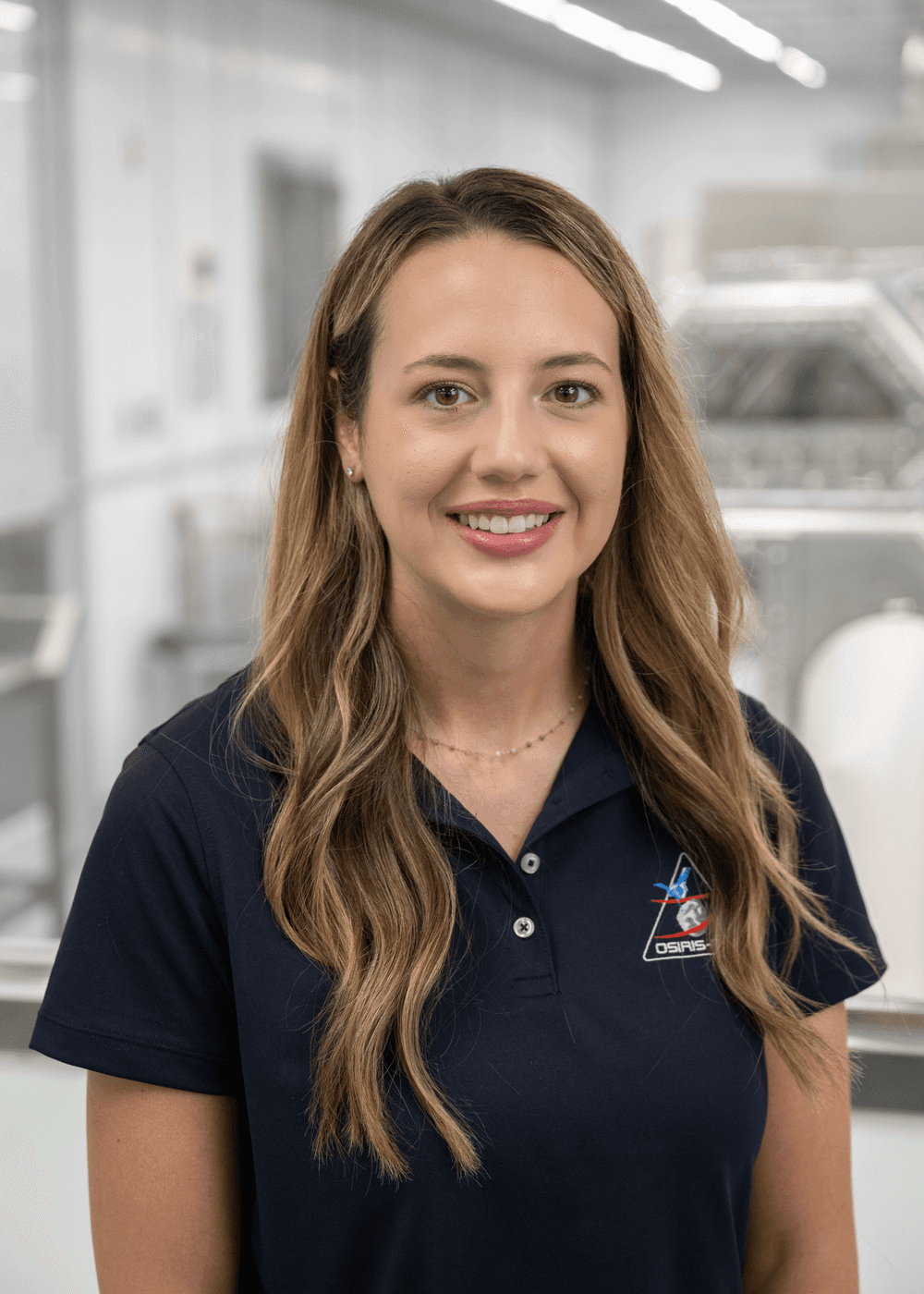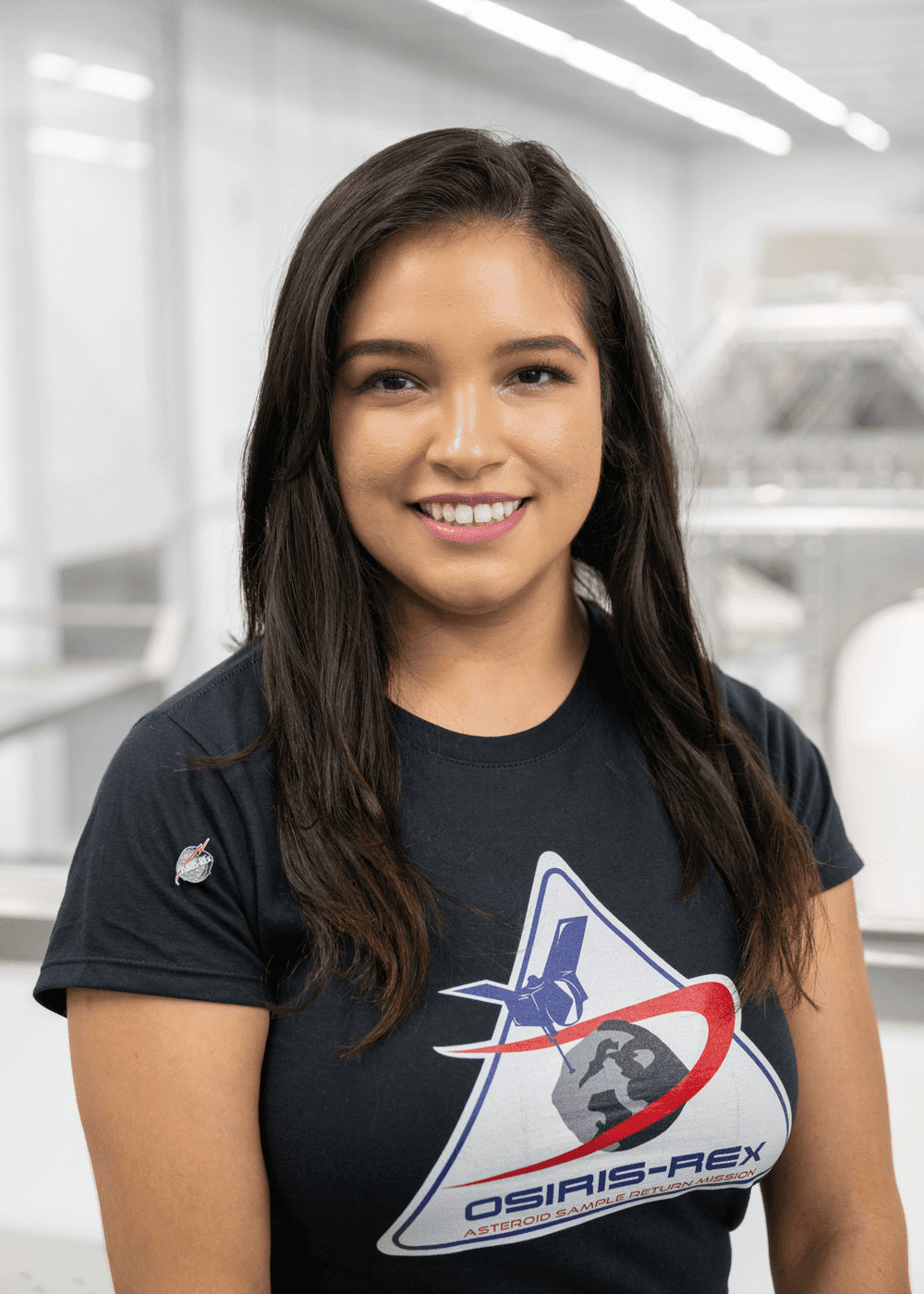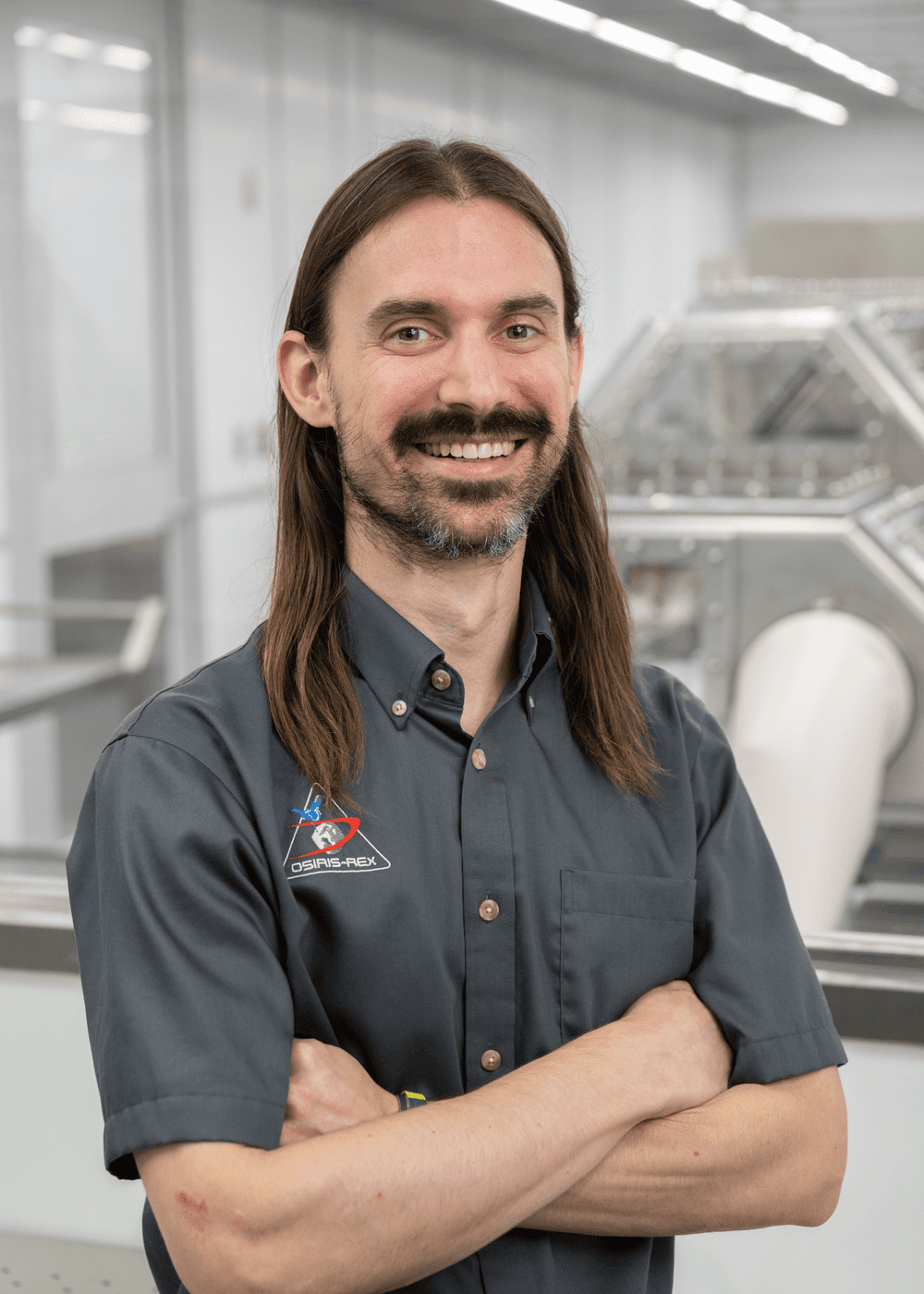Seven Years of Cosmic Quest: Meet Johnson’s OSIRIS-REx Curation Team
After a seven-year mission, NASA's OSIRIS-REx (Origins, Spectral Interpretation, Resource Identification, Security-Regolith Explorer) spacecraft safely delivered samples from asteroid Bennu in the Utah desert on Sept. 24, 2023. Now at their permanent home, NASA’s Johnson Space Center in Houston, the fine-grained particles from the asteroid’s surface are undergoing extensive care and serving as a scientific resource for researchers worldwide.
Johnson’s OSIRIS-REx curation team is carefully disassembling and evaluating the sample canister, including the TAGSAM (Touch-and-Go Sample Acquisition Mechanism) head containing Bennu’s fragments. Curation processors paused disassembly after discovering that two of the 35 fasteners could not be removed inside the OSIRIS-REx glovebox. Despite not being able to fully disassemble the TAGSAM head, the agency’s goal of bringing at least 60 grams of sample to Earth was already exceeded in Oct. 2023 when the curation team members removed almost 70 grams of precious rock and dust from inside the sample hardware.
On Jan. 10, 2024, the team successfully removed the two fasteners from the sampler head with the help of tools developed by the OSIRIS-REx curation engineers. Now that the TAGSAM head is open, Johnson’s astromaterials curation team continues to process and care for the abundant material from asteroid Bennu particles for scientists to analyze for years to come.
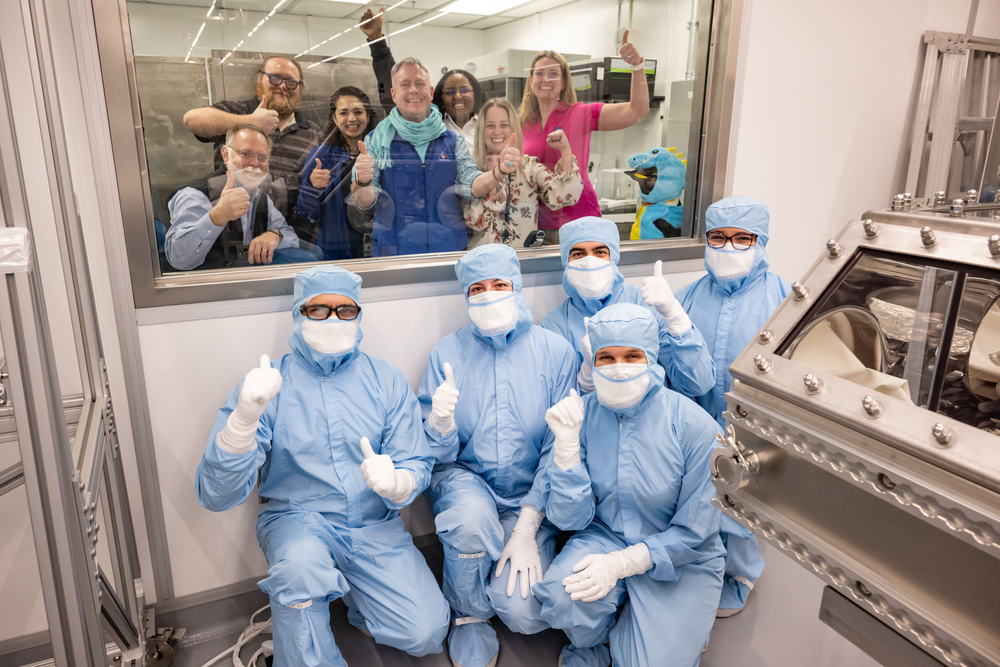
Credit: NASA/Robert Markowitz
This achievement is expected to lead to new discoveries about the asteroid's geologic history, offering insight into the early solar system and contributing to efforts to avert Bennu and similar asteroids from potentially impacting Earth.
“The OSIRIS-REx mission is giving us a new way to understand the formation of our solar system, the origin of life and water on Earth and potentially other planets,” said Christopher Snead, the deputy sample curator at Johnson. “Understanding these asteroids allows us to develop strategies to deflect them if they pose a future threat to Earth.”
Carbonaceous asteroids like Bennu likely contain prebiotic compounds, potentially serving as the building blocks for life in our early solar system. While not hospitable to life due to intense radiation exposure, Bennu could provide valuable insights into the precursors of life.
“We're on this quest to understand where we came from and how common life is in the universe,” said Snead. “Every time we do that probing investigation, we learn something new about the nature of the universe and ourselves.”
Johnson’s curation lab is designed to maintain the asteroid samples' pristine condition to protect them from Earth’s atmosphere. From the design phase to construction, the lab was specifically built for the OSIRIS-REx samples. The samples are now being handled within nitrogen-pure gloveboxes in an ISO 5 cleanroom, ensuring minimal contamination.
The curation team includes engineers, scientists, and processing and handling specialists who work closely together to fine-tune their procedures, such as creating custom tools and equipment to overcome hurdles during the disassembly process and ensure the samples remain protected. The curation team diligently worked to design, develop, and test new tools to solve the problems along the way. “We really benefited from having a multi-disciplinary team with different perspectives and diversity of experience to achieve our goals,” said Nicole Lunning, an OSIRIS-REx curator at Johnson.
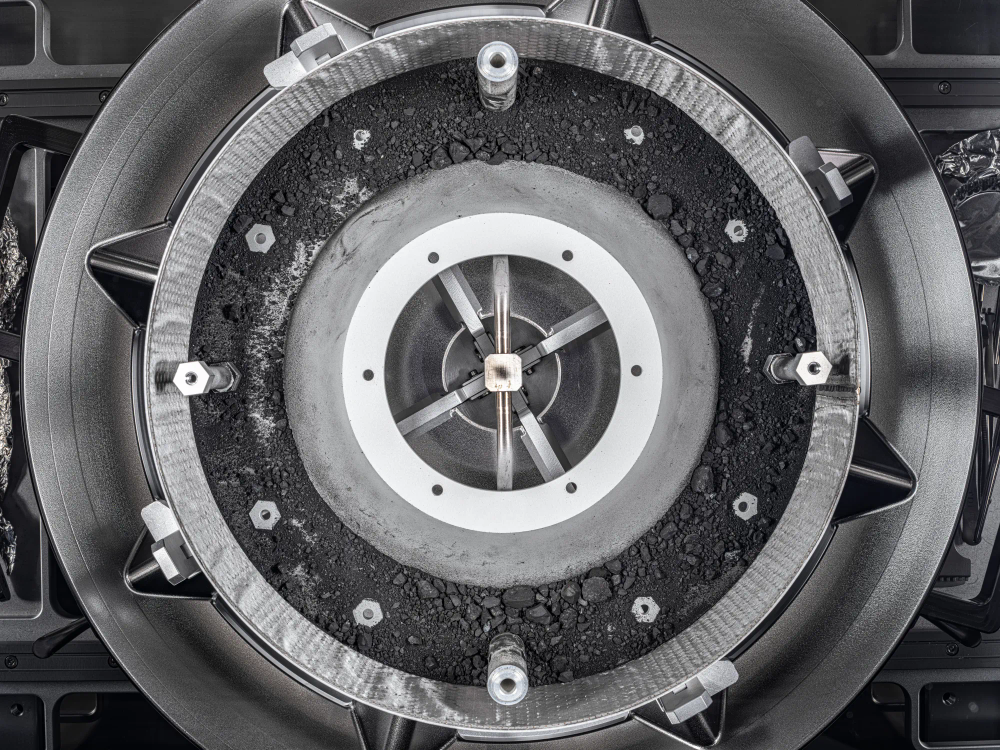
“One of the amazing things we get to look at is the original formation of these samples,” said Mari Montoya, an astromaterials particles processor at Johnson. “Since the beginning of time, humans have always been explorers. I think it’s important to venture out to be prepared for the future.” By keeping the samples uncontaminated, scientists can confidently study and analyze them, knowing that any discoveries made are genuine and representative of the asteroid's composition.
Kimberly Allums, the curation project lead for OSIRIS-REx and the section manager for curation, emphasized the importance of exploration. “Understanding our origin story helps us to plan and map out our future. Once you know where you come from, you can see where you’re going,” she said. “With that curiosity, we continue to look out, look up, and also look within to discover our origins in the larger part of the universe.”
OSIRIS-REx marked the beginning of a new realm of research and discovery into deep space. As new instruments and equipment are developed, future scientists can analyze the pristine samples and gain new insights. The dust and rocks collected from asteroid Bennu’s surface will be analyzed, curated, and distributed for decades to come.
Later this spring, the curation team will release a catalog of the OSIRIS-REx samples, which will be available to the global scientific community.
***
Scroll below for a recap of the OSIRIS-REx sample return journey.
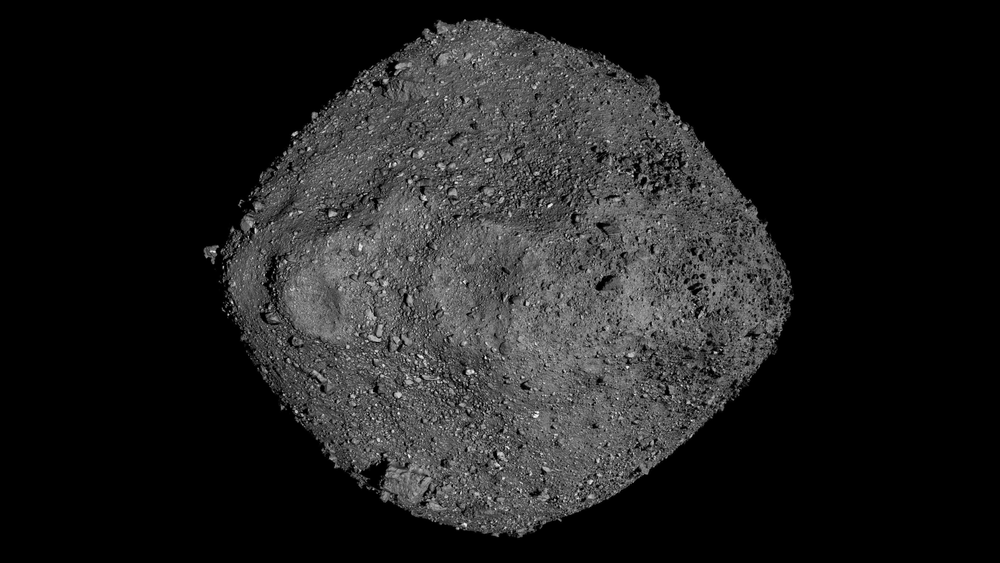
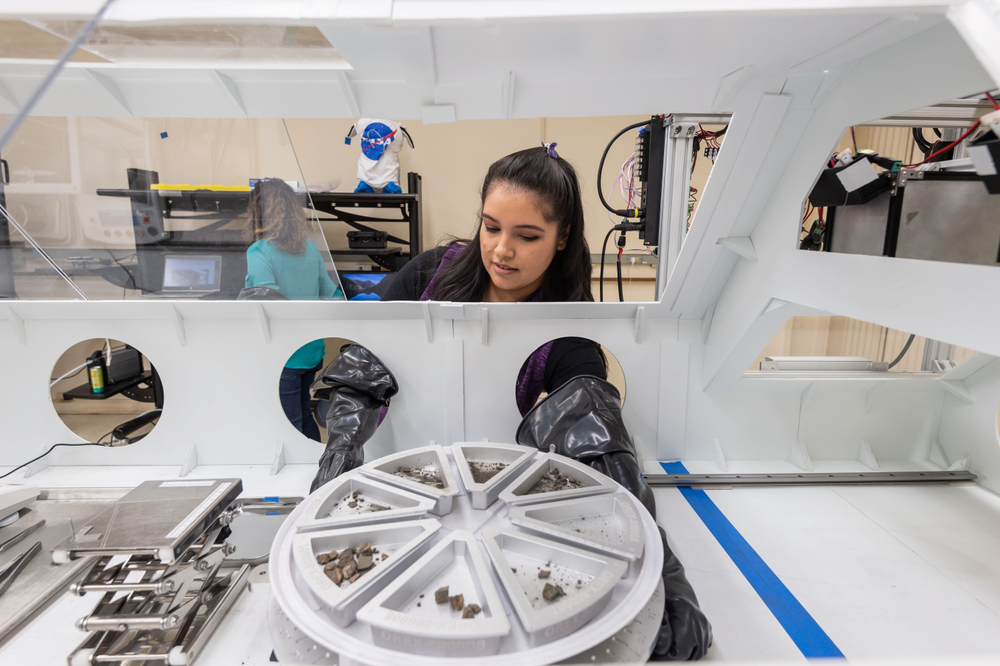
Credit: NASA/Bill Stafford
2303.png?generation=1706758325586058)
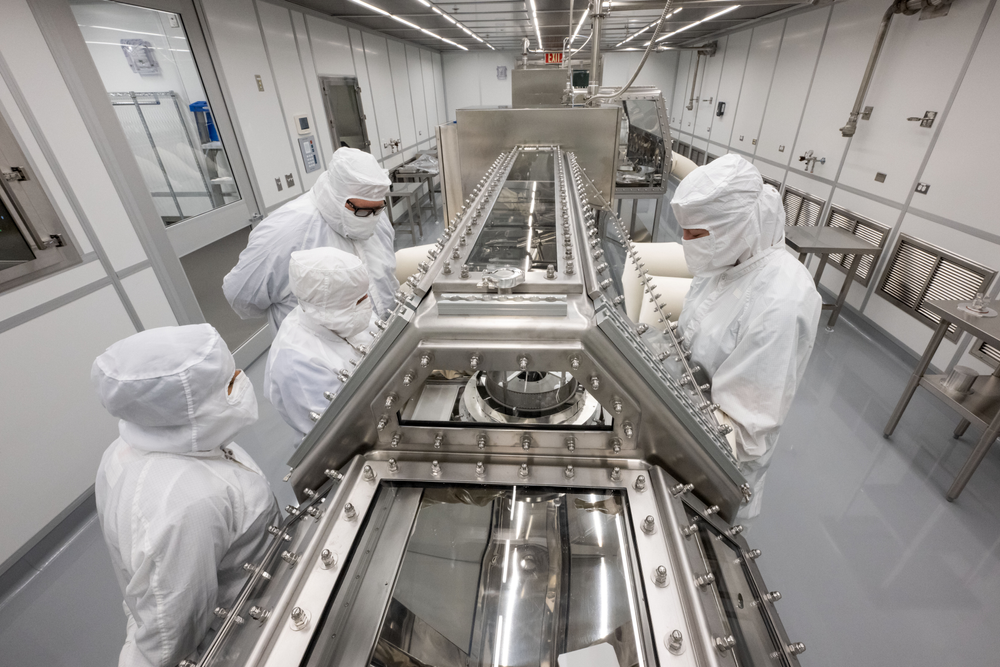
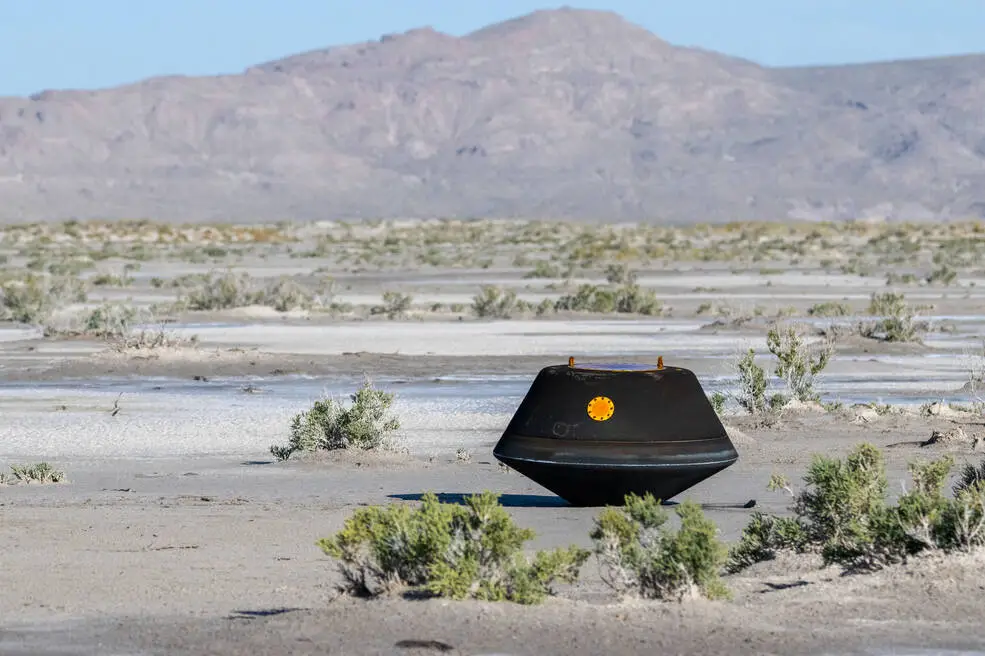
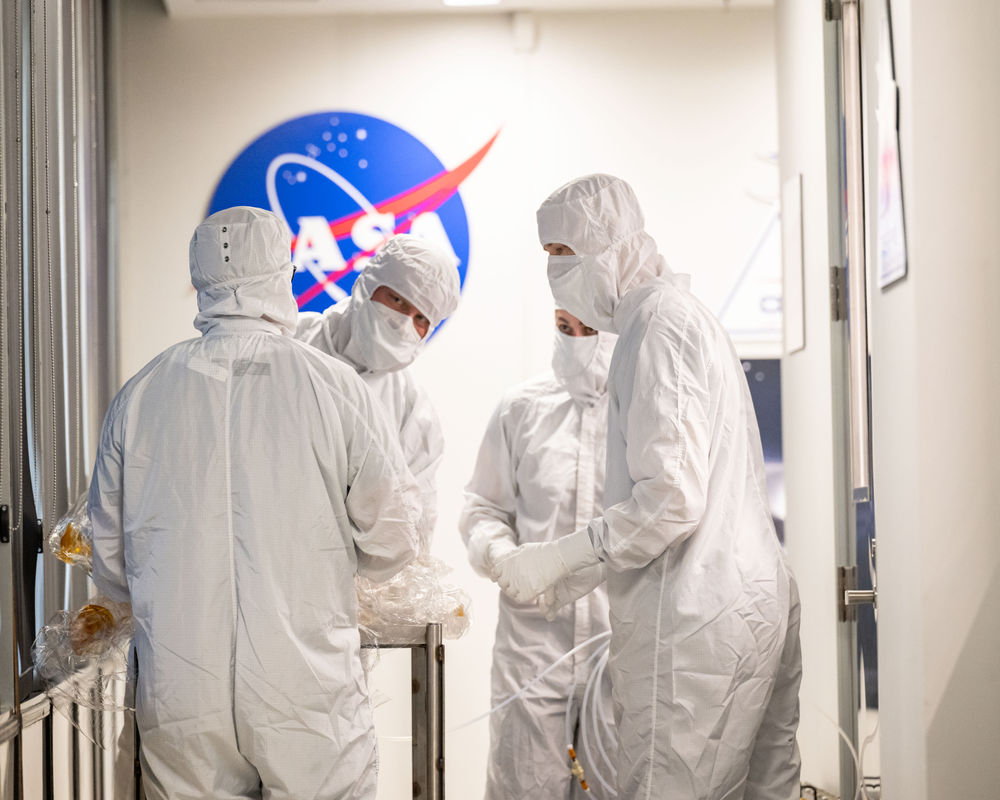

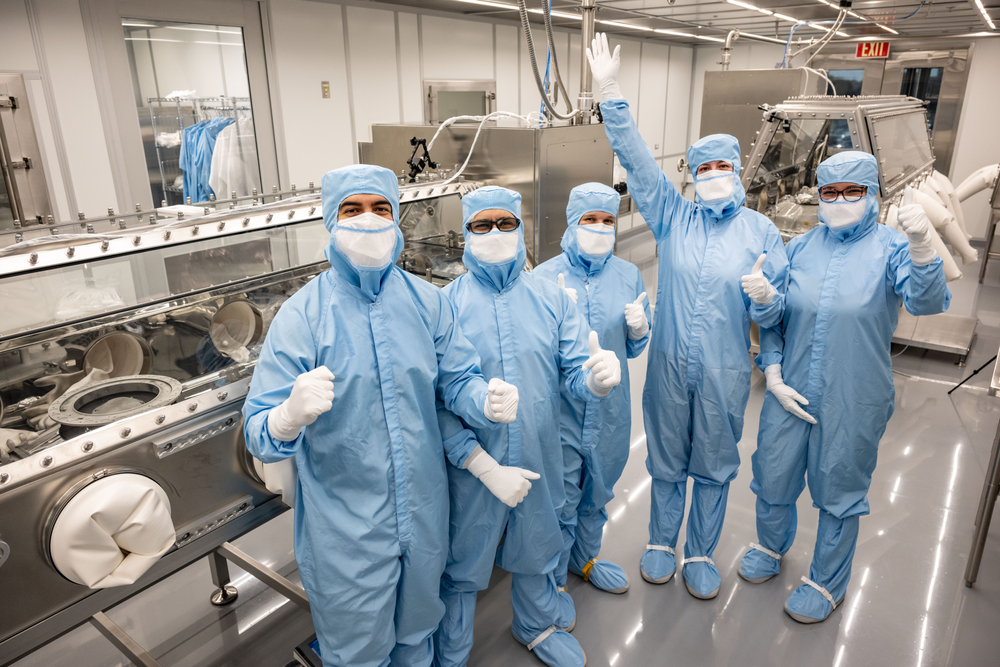
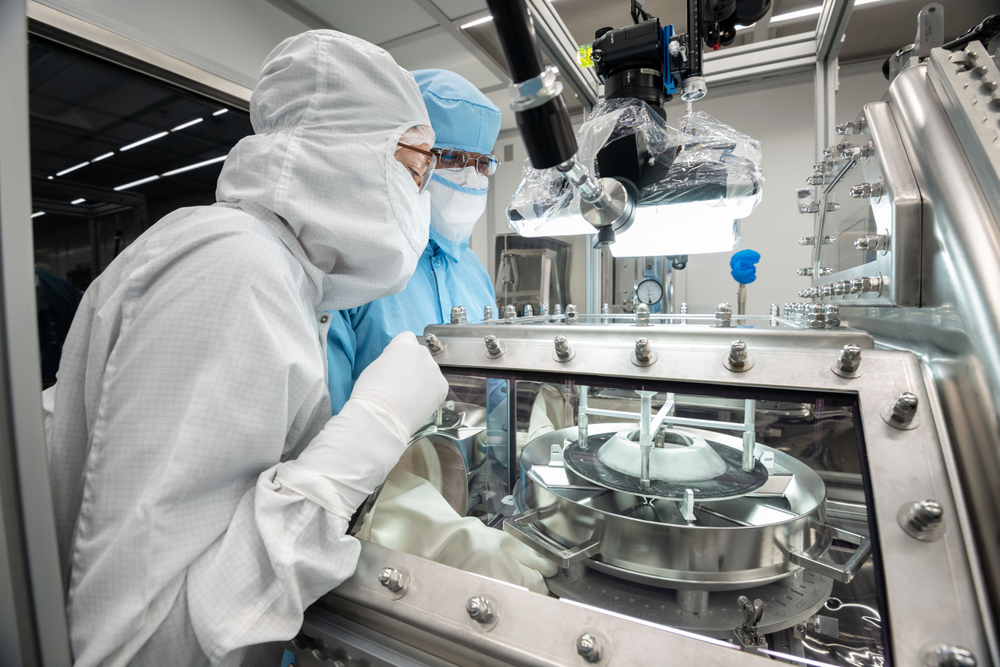
Credit: NASA/Robert Markowitz
